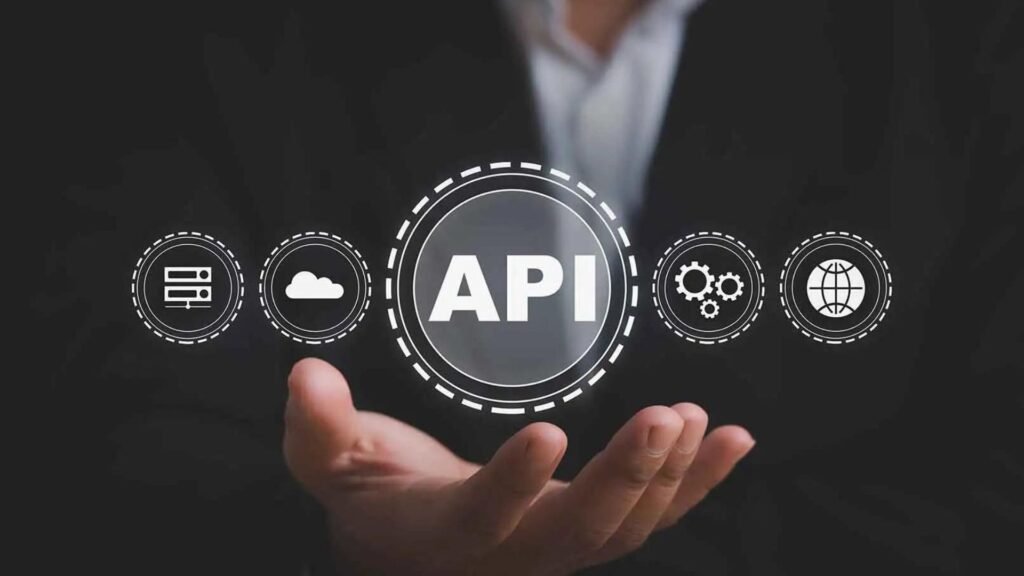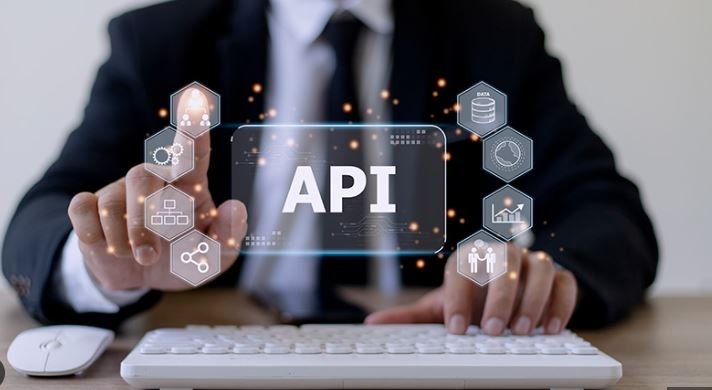APIs, or Application Programming Interfaces, play a crucial role in modern web development. They allow different software systems to communicate with each other, enabling you to add powerful features to your web applications. Integrating APIs can enhance functionality, improve user experience, and save development time. Here’s a step-by-step guide on how to integrate APIs into your web development projects.

1. Understand What APIs Are
What is an API?
An API is a set of rules and protocols that allows one piece of software to interact with another. APIs provide a way for developers to access data and services from other applications or services without having to build those functionalities from scratch.
Types of APIs
- Web APIs: Used over HTTP to interact with web services. Examples include RESTful APIs and GraphQL APIs.
- Library APIs: Interfaces provided by libraries or frameworks to interact with their functionality.
- Operating System APIs: Interfaces provided by the operating system to interact with hardware or system resources.
2. Choose the Right API for Your Project
Identify Your Needs
Determine what features or data you need for your project. APIs can provide various functionalities, such as:
- Weather Data: APIs like OpenWeatherMap provide current and forecasted weather data.
- Payment Processing: APIs from services like Stripe or PayPal handle transactions and payments.
- Social Media Integration: APIs from platforms like Facebook or Twitter enable social media interactions.
Evaluate API Providers
When selecting an API, consider the following:
- Documentation: Ensure that the API has clear and comprehensive documentation to guide you through the integration process.
- Reliability: Choose APIs with a reputation for reliability and uptime to ensure consistent performance.
- Cost: Evaluate any associated costs, as some APIs are free while others may have usage fees or subscription models.
3. Get API Access
Obtain API Keys
Most APIs require authentication via API keys or tokens. Follow these steps to obtain your API key:
- Sign Up: Register with the API provider to create an account.
- Generate Key: Navigate to the API management dashboard and generate an API key.
- Secure Key: Keep your API key secure and avoid exposing it in client-side code.
Review API Limits
APIs often have usage limits to prevent abuse and ensure fair usage. Review the rate limits and quotas specified by the API provider to avoid hitting these limits.
4. Integrate the API into Your Web Application
Make API Requests
APIs typically use HTTP methods to interact with their endpoints. Common methods include:
- GET: Retrieve data from the server.
- POST: Send data to the server to create or update resources.
- PUT/PATCH: Update existing resources on the server.
- DELETE: Remove resources from the server.
Handle API Responses
Process the data returned by the API in your application. For example, you might display the data on a webpage or use it to update the user interface. Ensure you handle potential errors and edge cases, such as network failures or invalid responses.
Ensure Security
Avoid exposing sensitive data, like API keys, in client-side code. Use server-side code to manage API requests and handle sensitive information securely. Implement proper authentication and authorization to protect your API endpoints.
5. Test API Integration
Verify Functionality
Test your API integration thoroughly to ensure it works as expected. Verify that data is correctly fetched and displayed, and that any user interactions with the API function properly.
Check Error Handling
Ensure that your application handles errors gracefully. Test how your application responds to different types of errors, such as invalid requests or server issues, and provide meaningful feedback to users.
6. Optimize and Monitor API Usage
Optimize Performance
Optimize your API usage to improve performance:
- Reduce Requests: Minimize the number of API requests by caching responses or using batch requests.
- Optimize Data: Request only the data you need to reduce payload size and improve load times.
Monitor Usage
Track API usage and performance to identify potential issues and ensure efficient use:
- Analytics: Use tools to monitor API performance, error rates, and usage statistics.
- Alerts: Set up alerts to notify you of issues such as high error rates or approaching usage limits.
7. Keep Up with API Changes
Stay Updated
APIs may evolve over time with updates or new versions. Keep track of any changes to the API you are using:
- Review Release Notes: Check for updates or changes in the API’s documentation or release notes.
- Update Code: Adjust your integration as needed to accommodate changes or improvements in the API.
Maintain Compatibility
Ensure that your application remains compatible with the API as it evolves. Test your integration with new API versions and update your code to address any deprecated features or changes.
8. Explore Advanced API Integration
Use API Libraries and SDKs
Many API providers offer libraries or software development kits (SDKs) to simplify integration. Explore these tools to streamline your development process and leverage additional features.
Integrate Multiple APIs
Combine data or functionalities from multiple APIs to enhance your application. For example, you might use a weather API alongside a mapping API to display weather information on a map.
Conclusion
Integrating APIs into your web development projects can greatly enhance functionality and provide valuable features to your users. By understanding how APIs work, choosing the right ones, and following best practices for integration and security, you can create powerful and dynamic web applications. Keep testing, optimizing, and staying updated with API changes to ensure that your integrations remain effective and reliable.




